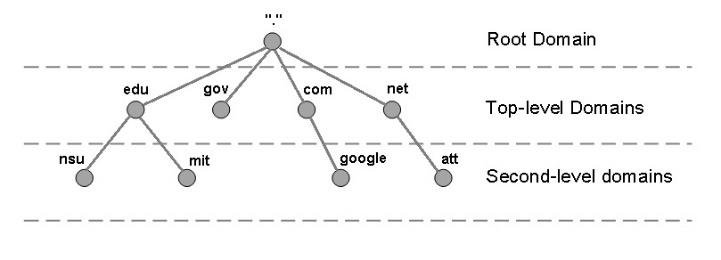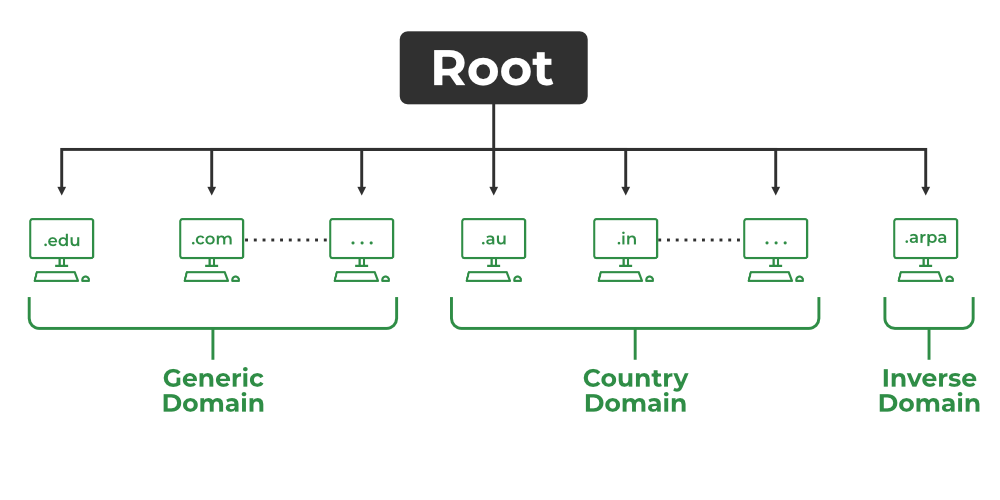Domain Types
Explanation of a domain, root top level second level
Single Domain
InFor mostmany cases,people, you will probably only needrequire one domain name. We will be using SWAG to connect our server to the World Wide Web and this project is configured to use a single domain,domain with sub-domains as a default.
Sub-Domains
When offering multiple independent services from your server – such as example.com.OwnCloud or whenRadarr we have multiple services,– we can use asub-domains subdomainto likeseparate app.example.com.these web swagapplications isinto configureddifferent for use with a single domain by defaultURLs.
Using this example, radarr.example.com could direct you to the Radarr web application.
Sub-Domains
Sub domainsThese are aan excellent way to host multiple applications or services from the same domain. Such as app.example.com.
While sub folders such as example.com/app can be used, they can require extra configuration. Most apps support Sub-Domains by default. These are great for buildingbuild a digital community and brand identity around the same name,domain suchname. With this technique, we could host a primary website at example.com, as well as a Flarum forum at forum.example.com and a WordPress blog available at blog.example.com with example.com being your primary website..
Multiple Domains
YouSWAG can use multiole domains like example1.com and example2.com. swag needs to be configured to createact anas the access point for multiple different web domain names – such as example.com and example.org. This makes it so you can run a personal and professional web domain from home using the same server.
Each of these domains will be listed under the same SSL certificate forand both,therefore then individual proxy configs need to be updated to show the full domain name instead of the asterisks.linked.


